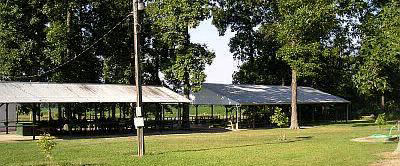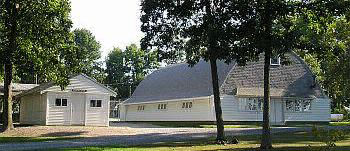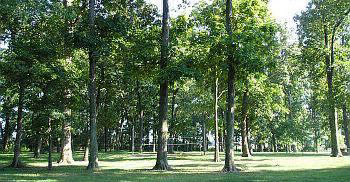
History of the Orio Chowder
The Wabash Cemetery Association was founded in 1920 by a group of determined ladies who saw the need for an organization to provide funds to maintain the cemetery. The custom at that time was for the community to gather a few days before Memorial Day to clean the cemetery of the unkempt accumulated mat of rough grass, weeds, and briars. But within a few months this same condition existed again. After much discussion, they decided to hold a chowder. The date was set for sometime in October. Beginning that autumn and continuing without fail, a chowder for the cemetery has been held. Later, the Saturday before Labor Day became the permanent date for the chowder.

